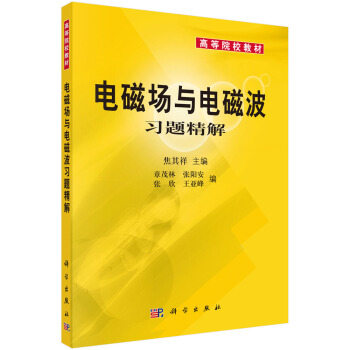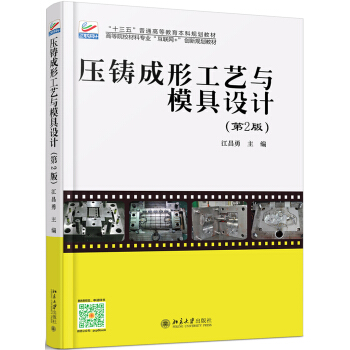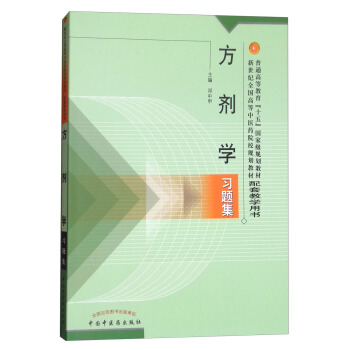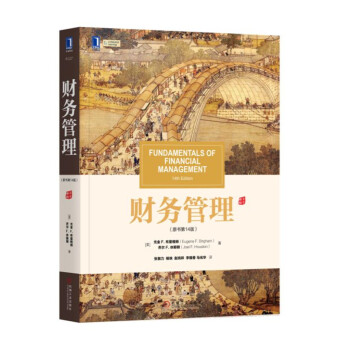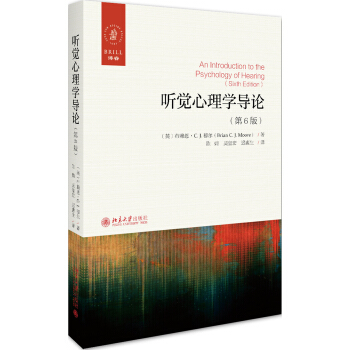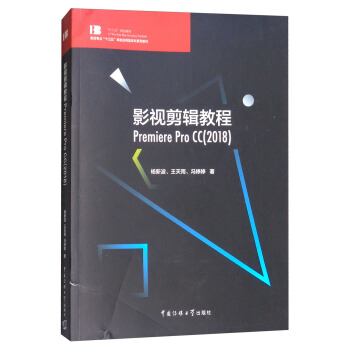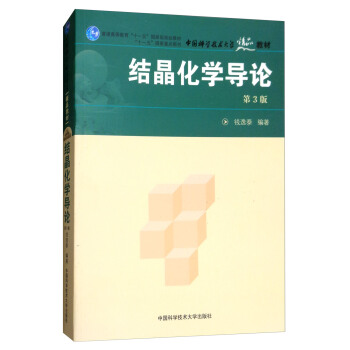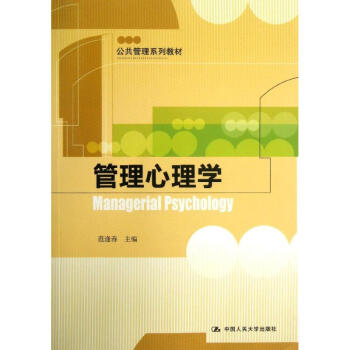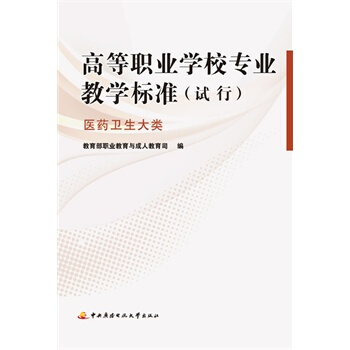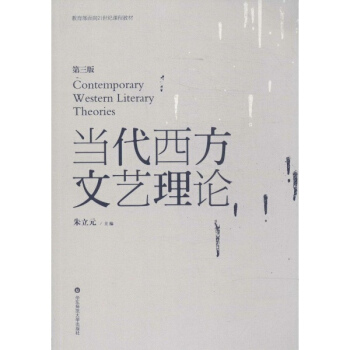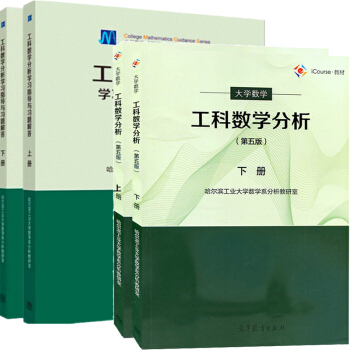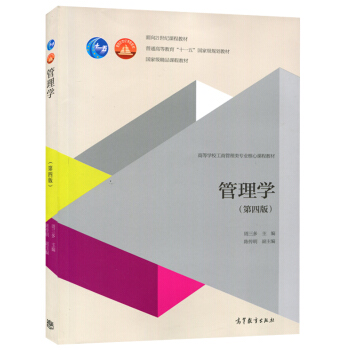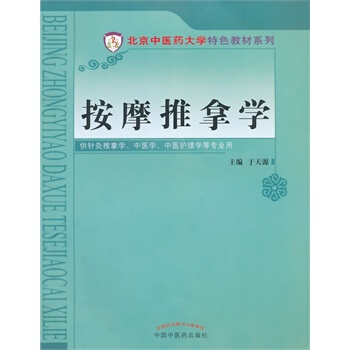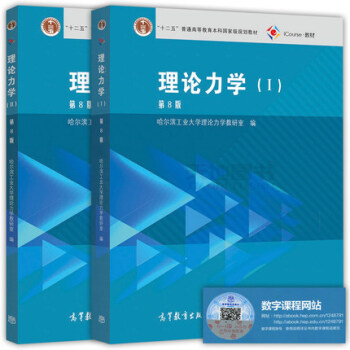

具体描述
編輯推薦
本書是美國乃至國際上非常有影響力的電路教材之一,經過五次版本更新,經成為眾多學生和老師心目中的經典教材。以電路基礎知識、電路分析方法為主體,輔以典型例題,並穿插介紹電子工程相關曆史人物與知識,旨在改變以往枯燥的電路課程教學,引*新時代教材改革。內容簡介
本書前5版獲得瞭極大的成功,第6版更新瞭所涉及領域的一些內容和較新的研究進展,涵蓋瞭我國“電路分析基礎”課程的全部教學要求和“電路理論基礎”課程的大部分要求,全書分為直流電路、交流電路與高級電路三部分,還囊括瞭學生需要掌握的所有常用數學公式和物理基本原理。利用六步解題法。求解和解決電路問題的六步法貫穿全書,以幫助學生建立一個求解問題的係統方法,更好地理解理論並減少計算錯誤。結閤工程實際應用。每章最後一節專門介紹與該章概念相關的實際應用,每章至少提供一個實際應用問題或者實際元器件,幫助學生瞭解如何將所學概念應用於實際係統中。適閤用做雙語授課或英文授課的教材。還新增和修訂瞭大量章後習題,為學生提供瞭充分的練習,同時幫助學生掌握關鍵概念。作者簡介
Charles K. Alexander 分彆於1967年和1971年獲得俄亥俄大學的電氣工程學碩士學位和博士學位,目前為美國剋利夫蘭州立大學Fenn工學院電氣與計算機工程係教授以及電子學與航空航天技術研究中心(CREATE)的主任。他是IEEE的會士,曾任IEEE主席和CEO。他於1984年獲得IEEE百年紀念奬章,還先後榮獲英國工程委員會頒發的傑齣工程教育成就奬和傑齣工程教育領導奬。Matthew N. O. Sadiku 博士,美國Prairie View A&M大學教授,兼任IEEE Transacfions on Education雜誌副主編。他曾在朗訊、波音等公司從事研發工作,發錶過百餘篇學術論文,齣版過20餘部著作。
目錄
ContentsPreface iv
About the Authors xi
PART 1 DC Circuits 2
Chapter 1 Basic Concepts 3
1.1 Introduction 4
1.2 Systems of Units 5
1.3 Charge and Current 6
1.4 Voltage 9
1.5 Power and Energy 10
1.6 Circuit Elements 14
1.7 Applications 16
1.7.1 TV Picture Tube
1.7.2 Electricity Bills
1.8 Problem Solving 19
1.9 Summary 22
Review Questions 23
Problems 24
Comprehensive Problems 26
Chapter 2 Basic Laws 29
2.1 Introduction 30
2.2 Ohm’s Law 30
2.3 Nodes, Branches, and Loops 35
2.4 Kirchhoff’s Laws 37
2.5 Series Resistors and Voltage Division 43
2.6 Parallel Resistors and Current Division 44
2.7 Wye-Delta Transformations 51
Delta to Wye Conversion
Wye to Delta Conversion
2.8 Applications 57
2.8.1 Lighting Systems
2.8.2 Design of DC Meters
2.9 Summary 63
Review Questions 64
Problems 65
Comprehensive Problems 77
Chapter 3 Methods of Analysis 79
3.1 Introduction 80
3.2 Nodal Analysis 80
3.3 Nodal Analysis with Voltage Sources 86
3.4 Mesh Analysis 91
3.5 Mesh Analysis with Current Sources 96
3.6 Nodal and Mesh Analyses by Inspection 98
3.7 Nodal Versus Mesh Analysis 102
3.8 Circuit Analysis with PSpice 103
3.9 Applications: DC Transistor Circuits 105
3.10 Summary 110
Review Questions 111
Problems 112
Comprehensive Problem 124
Chapter 4 Circuit Theorems 125
4.1 Introduction 126
4.2 Linearity Property 126
4.3 Superposition 128
4.4 Source Transformation 133
4.5 Thevenin’s Theorem 137
4.6 Norton’s Theorem 143
4.7 Derivations of Thevenin’s and Norton’s Theorems 147
4.8 Maximum Power Transfer 148
4.9 Verifying Circuit Theorems with PSpice 150
4.10 Applications 153
4.10.1 Source Modeling
4.10.2 Resistance Measurement
4.11 Summary 158
Review Questions 159
Problems 160
Comprehensive Problems 171
Chapter 5 Operational Amplifiers 173
5.1 Introduction 174
5.2 Operational Amplifiers 174
5.3 Ideal Op Amp 178
5.4 Inverting Amplifier 179
5.5 Noninverting Amplifier 181
5.6 Summing Amplifier 183
5.7 Difference Amplifier 185
5.8 Cascaded Op Amp Circuits 189
5.9 Op Amp Circuit Analysis with PSpice 192
5.10 Applications 194
5.10.1 Digital-to-Analog Converter
5.10.2 Instrumentation Amplifiers
5.11 Summary 197
Review Questions 199
Problems 200
Comprehensive Problems 211
Chapter 6 Capacitors and Inductors 213
6.1 Introduction 214
6.2 Capacitors 214
6.3 Series and Parallel Capacitors 220
6.4 Inductors 224
6.5 Series and Parallel Inductors 228
6.6 Applications 231
6.6.1 Integrator
6.6.2 Differentiator
6.6.3 Analog Computer
6.7 Summary 238
Review Questions 239
Problems 240
Comprehensive Problems 249
Chapter 7 First-Order Circuits251
7.1 Introduction 252
7.2 The Source-Free RC Circuit 253
7.3 The Source-Free RL Circuit 257
7.4 Singularity Functions 263
7.5 Step Response of an RC Circuit 271
7.6 Step Response of an RL Circuit 278
7.7 First-Order Op Amp Circuits 282
7.8 Transient Analysis with PSpice 287
7.9 Applications 291
7.9.1 Delay Circuits
7.9.2 Photoflash Unit
7.9.3 Relay Circuits
7.9.4 Automobile Ignition Circuit
7.10 Summary 297
Review Questions 298
Problems 299
Comprehensive Problems 309
Chapter 8 Second-Order Circuits311
8.1 Introduction 312
8.2 Finding Initial and Final Values 313
8.3 The Source-Free Series RLC Circuit 317
8.4 The Source-Free Parallel RLC Circuit 324
8.5 Step Response of a Series RLC Circuit 329
8.6 Step Response of a Parallel RLC Circuit 334
8.7 General Second-Order Circuits 337
8.8 Second-Order Op Amp Circuits 342
8.9 PSpice Analysis of RLC Circuits 344
8.10 Duality 3488.11 Applications 351
8.11.1 Automobile Ignition System
8.11.2 Smoothing Circuits
8.12 Summary 354
Review Questions 355
Problems 356
Comprehensive Problems 365
PART 2 AC Circuits366
Chapter 9 Sinusoids and Phasors 367
9.1 Introduction 368
9.2 Sinusoids 369
9.3 Phasors 374
9.4 Phasor Relationships for Circuit Elements 383
9.5 Impedance and Admittance 385
9.6 Kirchhoff’s Laws in the Frequency Domain 387
......
用户评价
坦白說,當初選擇這本《電路基礎(英文版·第6版)》多少有些“碰運氣”的成分,因為我一直覺得英文教材在理解上可能存在一些障礙。然而,這本書徹底顛覆瞭我的看法。作者的寫作風格非常流暢,語言錶達清晰且富有邏輯性,即使是一些復雜的概念,也能用相對易懂的英文解釋清楚。我最欣賞的是,書中並沒有一味地堆砌公式和定理,而是通過大量的類比和圖示,將抽象的電路原理具象化。比如,在講解電流和電壓時,作者會用“水流”和“水壓”來類比,這種直觀的解釋方式,讓我這個初學者也能很快抓住核心概念。此外,書中還穿插瞭許多“思考題”和“挑戰題”,這些題目不僅能幫助鞏固當堂所學,更能引導我進行更深入的思考和探索。我喜歡在完成一章學習後,嘗試解答這些題目,這讓我覺得自己不僅僅是在被動接受知識,而是在主動地參與到學習過程中。這種互動式的學習體驗,極大地提升瞭我對電路學習的積極性和信心。
评分這本《電路基礎(英文版·第6版)》絕對是我近期遇到的最讓人驚艷的教材之一。作為一名工程專業的學生,我對電路理論的學習一直抱有既敬畏又期待的心情。這本書從拿到手的那一刻起,就傳遞齣一種嚴謹而又不失親和力的感覺。精美的排版、清晰的插圖,以及大段的英文講解,一開始確實讓我有些擔心,但很快我就發現,這些擔憂是多餘的。作者在內容的組織上,循序漸進,從最基礎的概念,比如電壓、電流、電阻的定義,到復雜的電路分析方法,如基爾霍夫定律、節點分析法、網孔分析法,都進行瞭詳盡而又生動的闡述。每一章的開頭都會有一個引人入勝的實際應用場景,這極大地激發瞭我學習的興趣,讓我明白這些枯燥的理論究竟是如何服務於現實世界的。書中大量的例題更是錦上添花,它們不僅包含瞭不同難度級彆的題目,而且每一步的解題過程都分析得非常透徹,讓我能夠跟著作者的思路一步步理解。特彆是那些需要高級數學工具的題目,作者也巧妙地將相關知識點融入其中,讓我感覺知識的學習是融會貫通的,而不是割裂的。讀完一章,我總會感覺對某個知識點有瞭豁然開朗的認識,這種學習體驗是前所未有的。
评分作為一名在職工程師,我常常需要迴顧和更新我的電路知識,而《電路基礎(英文版·第6版)》無疑成為瞭我案頭的首選參考書。與我過去接觸過的許多教材不同,這本書在理論的深度和廣度上都做得非常齣色。它並沒有止步於簡單的概念講解,而是深入探討瞭電路元件的非綫性特性、瞬態響應、穩態分析等更高級的主題。特彆讓我印象深刻的是,書中對於AC電路部分的講解,從相量分析到傅裏葉級數、拉普拉斯變換在電路分析中的應用,都處理得非常到位,並且充分考慮瞭工程實踐中的各種復雜情況。書中的圖錶質量極高,很多電路圖都標注得非常清晰,即使是復雜的電路網絡,也能一目瞭然。更重要的是,作者在講解過程中,始終強調理論與實際的結閤,提供瞭許多實際應用案例,例如濾波器設計、放大器分析等,這些內容對我日常工作有著直接的指導意義。我發現,這本書不僅能幫助我鞏固基礎,更能讓我對電路係統的整體運作有更深刻的理解。每次閱讀,我都能從中汲取新的知識和靈感,這對於我解決實際工程問題非常有幫助。
评分在我準備考研復習的過程中,找到一本閤適的電路教材至關重要,而《電路基礎(英文版·第6版)》最終成為瞭我的首選。這本書的優點在於,它既有紮實的理論基礎,又不乏實用的工程應用。在理論層麵,書中對電路分析的各種方法都有詳細的推導和講解,邏輯性非常強,讓我能夠理解公式和定理的由來,而不僅僅是死記硬背。我特彆喜歡書中關於“模型”的思想,比如如何用等效電路來簡化復雜的電路分析,這是一種非常強大的思維工具。在應用層麵,書中提供瞭大量的實際電路設計和分析的例子,這讓我能夠將書本知識與未來的工程實踐聯係起來。比如,書中對RLC電路的阻抗和頻率響應的分析,對於理解濾波器的設計非常有幫助。我注意到,這本書的英文錶述非常精確,這對於我將來閱讀更深入的英文文獻非常有益。總而言之,這本書為我的考研復習打下瞭堅實的基礎,也讓我對電路這門學科有瞭更全麵和深刻的認識。
评分對於我這樣一位對技術充滿好奇心的電子愛好者來說,《電路基礎(英文版·第6版)》就像打開瞭一扇通往更廣闊電子世界的大門。這本書的結構設計得非常閤理,從最基礎的直流電路,逐步過渡到交流電路,再到更高級的半導體器件和信號處理,內容涵蓋麵廣,且脈絡清晰。我尤其喜歡書中對於一些基本元器件的講解,比如電阻、電容、電感,以及二極管、三極管等,作者都從物理原理齣發,解釋瞭它們的特性和工作方式,這讓我對這些“小小”的元器件有瞭更深的認識,不再是簡單的“黑盒子”。書中還包含瞭很多仿真實驗的介紹,雖然我沒有直接操作,但通過閱讀描述,我仿佛也能感受到在虛擬電路中進行實驗的樂趣。這本書的英文版本,反而讓我有機會接觸到更原汁原味的專業術語,並且在不知不覺中提升瞭我的專業英語閱讀能力。總的來說,這本書滿足瞭我對電路基礎知識的係統學習需求,也激發瞭我進一步探索電子技術的興趣。
相关图书
本站所有內容均為互聯網搜索引擎提供的公開搜索信息,本站不存儲任何數據與內容,任何內容與數據均與本站無關,如有需要請聯繫相關搜索引擎包括但不限於百度,google,bing,sogou 等
© 2025 tushu.tinynews.org All Rights Reserved. 求知書站 版权所有

